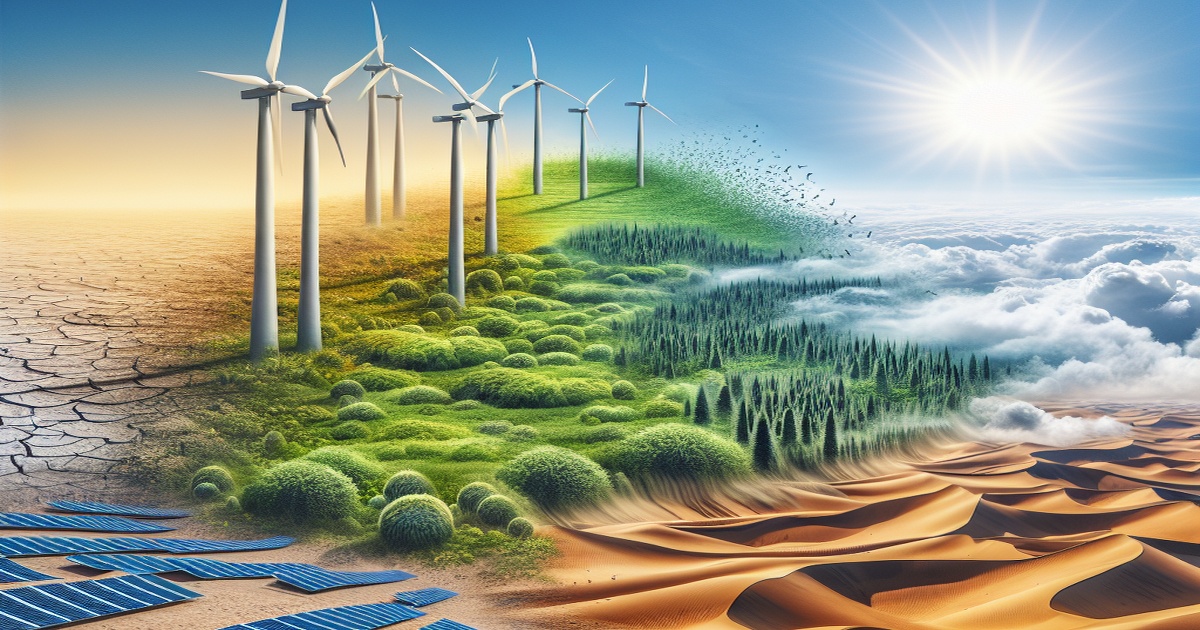China is utilizing its extensive desert areas to establish large-scale solar and wind power facilities. These projects not only generate clean energy but also contribute significantly to combating desertification, presenting a potentially replicable model for sustainable development worldwide.
At the 2025 Summer Davos Forum in Tianjin, Qian Jing, a global vice-president of JinkoSolar, discussed how China's photovoltaic (PV) projects are transforming arid zones into renewable energy hubs. The presentation garnered considerable interest from international attendees. These regions, known as "Shagehuang" in Chinese, are characterized by abundant sunlight and minimal rainfall, making them ideal for solar power generation. However, they also face severe desertification challenges.
China has implemented extensive ecological restoration initiatives in these areas. Over half of the treatable desertified land is now under effective control, thanks to integrated efforts like afforestation, rotational grazing, and PV-driven land rehabilitation. By 2030, the total installed capacity of these projects is projected to reach 455 GW, a capacity comparable to the Three Gorges Hydropower Station.
Integrating these massive renewable energy sources into the grid will allow for the transmission of clean energy from the Gobi Desert bases to distant consumption centers, spanning distances of 2,000-3,000 km. Solar plants are being integrated with water-saving solutions, such as PV-powered pumps and desalination systems, to address both energy and water shortages in these harsh environments.
According to Battushig Myanganbayar, founder and CEO of Implicit AI Inc., Mongolia could benefit greatly from China's experience, potentially transforming its deserts into clean energy hubs and supporting data center development across Asia. Hu Min, executive director of the Institute for Global Decarbonization Progress, highlighted that China's comprehensive approach, combining PV deployment with infrastructure, land use, and energy storage, offers valuable insights for other nations pursuing green development.
Professor Xue Yongji of Beijing Forestry University emphasized that building large-scale renewable energy projects in desert areas fosters synergy among green power generation, ecological restoration, and sustainable agriculture. These efforts support China's carbon goals while creating new green growth opportunities in arid regions, providing a practical and scalable model for countries seeking both environmental resilience and sustainable economic development.







5 Comments
Comandante
455 GW is a lot. How will they manage the intermittency of solar and wind? What's the backup plan when the sun isn't shining?
Muchacha
Integrating renewable energy into a grid that might still be heavily reliant on coal sounds like a contradiction.
Mariposa
China can do great things, but these mega-projects always come with questions about worker rights and labor conditions. Transparency is key.
Michelangelo
What about the disposal of solar panels in the future? How sustainable is the lifecycle of these plants?
Leonardo
It's important to recognize the progress being made. China's efforts highlight the potential of PV technology.